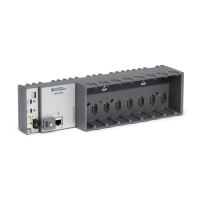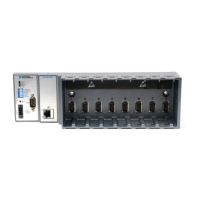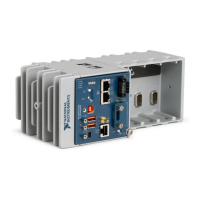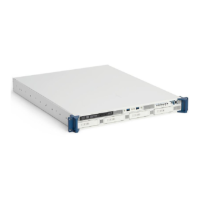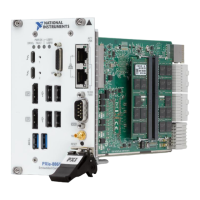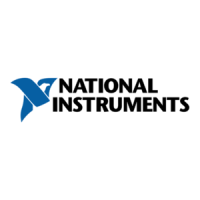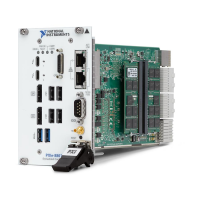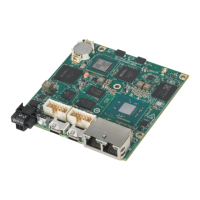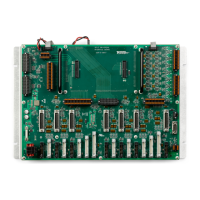• Analog Comparison Event
• Change Detection Event
A counter’s Internal Output can be routed to a different counter’s HW Arm.
Some of these options may not be available in some driver software. Refer to the "Device
Routing in MAX" topic in the NI-DAQmx Help or the LabVIEW Help for more information
about available routing options.
Counter n Sample Clock Signal
Use the Counter n Sample Clock (CtrnSampleClock) signal to perform sample clocked
acquisitions and generations.
You can specify an internal or external source for Counter n Sample Clock. You also can
specify whether the measurement sample begins on the rising edge or falling edge of Counter
n Sample Clock.
If the cRIO controller receives a Counter n Sample Clock when the FIFO is full, it reports an
overflow error to the host software.
Using an Internal Source
To use Counter n Sample Clock with an internal source, specify the signal source and the
polarity of the signal. The source can be any of the following signals:
• DI Sample Clock
• DO Sample Clock
• AI Sample Clock
• AI Convert Clock
• AO Sample Clock
• DI Change Detection output
Several other internal signals can be routed to Counter n Sample Clock through internal routes.
Refer to "Device Routing in MAX" in the NI-DAQmx Help or the LabVIEW Help for more
information.
Using an External Source
You can route any of the following signals as Counter n Sample Clock:
• Any PFI terminal
• Analog Comparison Event
You can sample data on the rising or falling edge of Counter n Sample Clock.
Routing Counter n Sample Clock to an Output Terminal
You can route Counter n Sample Clock out to any PFI terminal. The PFI circuitry inverts the
polarity of Counter n Sample Clock before driving the PFI terminal.
cRIO-904x User Manual | © National Instruments | 109
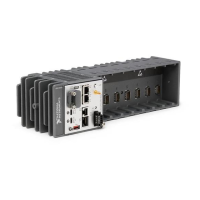
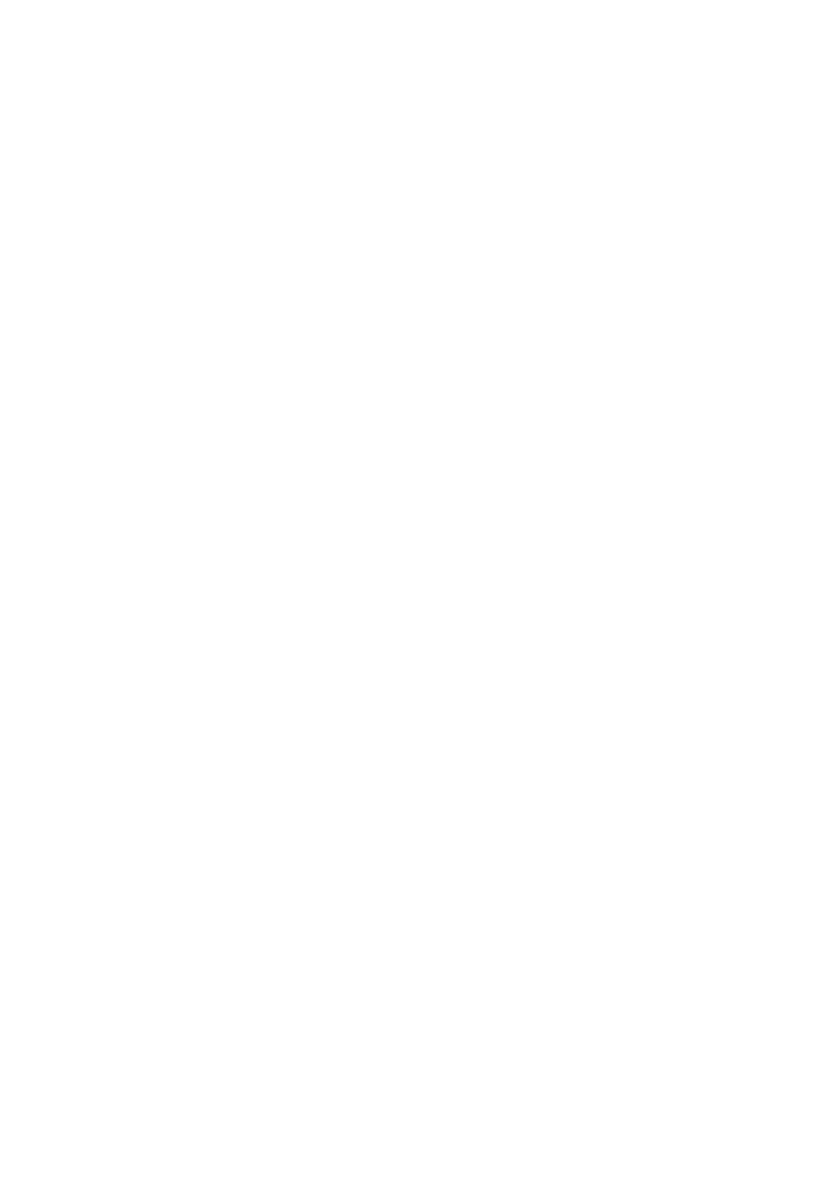